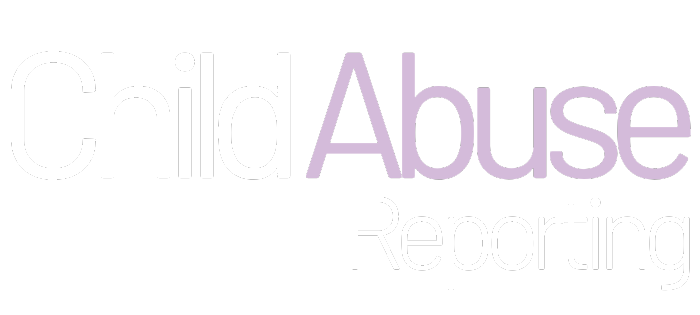Two kinds of questions are recommended when you talk with children about child abuse or neglect. Each has a different purpose. When you are asking a child about something that could be awkward, uncomfortable, embarrassing, shameful, or sensitive, open-ended questions give you the best chance of getting the whole story. When you need specific facts, who, when, and where, closed-ended questions are useful.
|
|||
|
|||
Exception: If you have information that leads you to suspect that sexual contact has occurred between a parent (or person legally responsible) and a child, you don’t need to ask additional questions. This is because any type of sexual contact between a parent and child is always reportable. Call the Child Abuse Hotline immediately.

